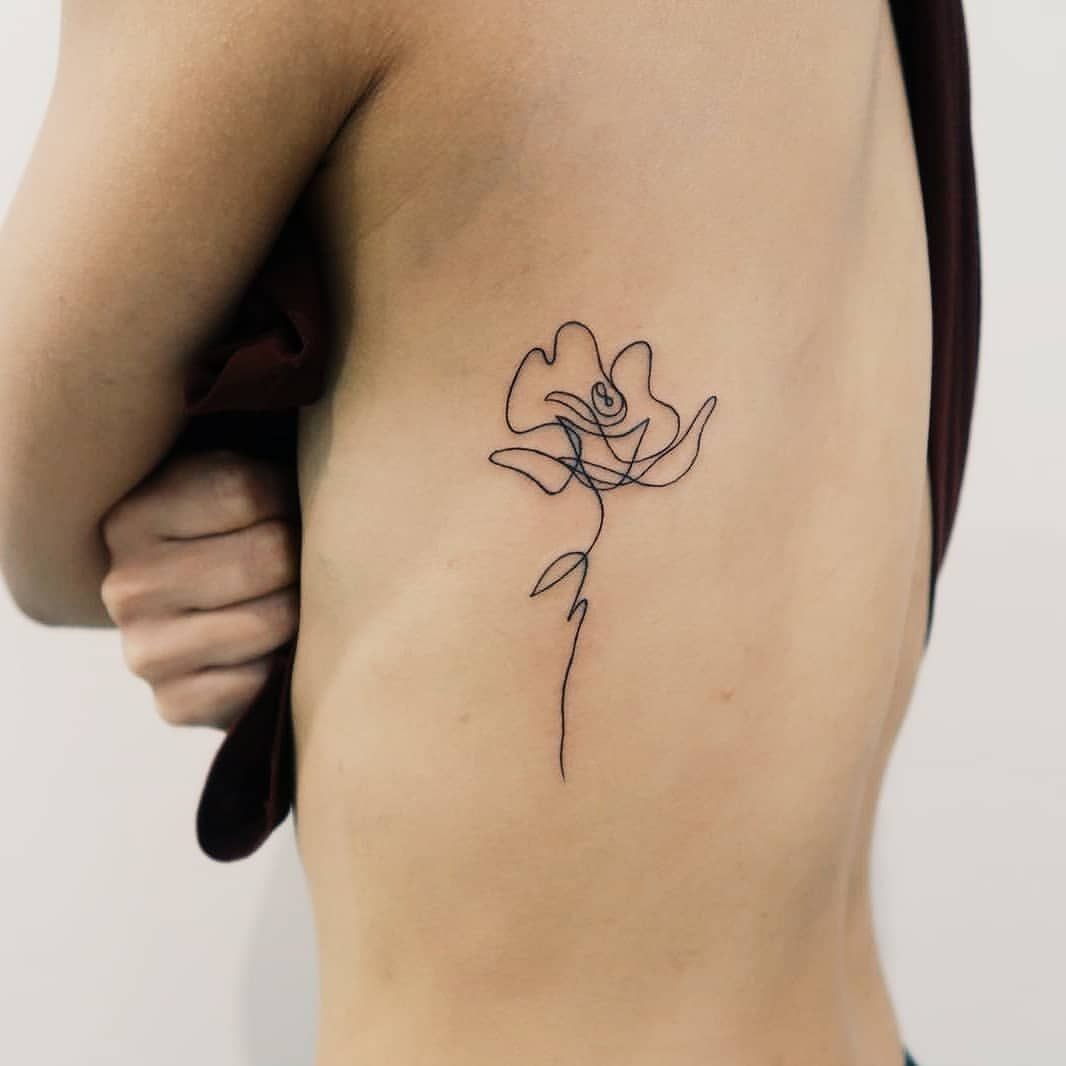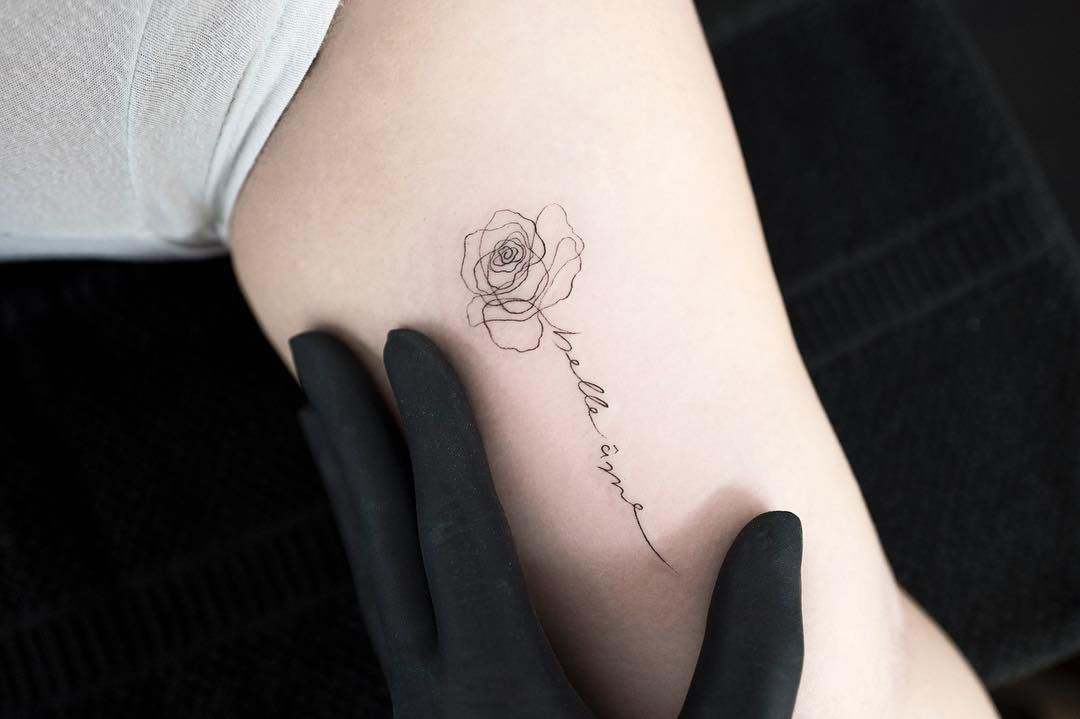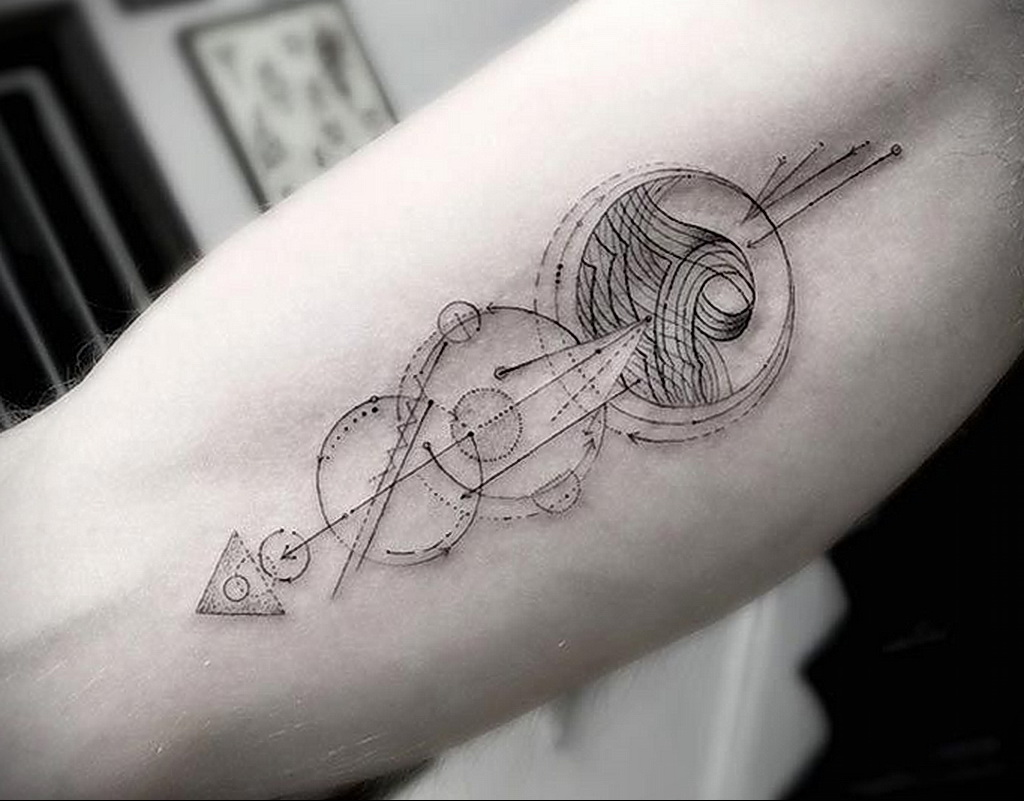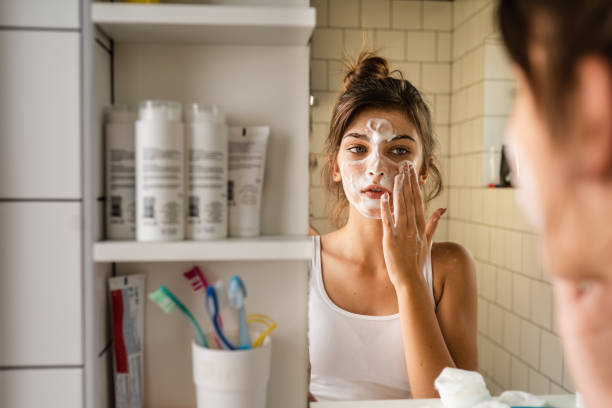Fine line tattoos have surged in popularity due to their delicate and minimalist nature which appeals to a variety of individuals seeking a subtle form of body art. Essentially artwork sketched with ink under the skin, these tattoos require a specialized set of skills for the intricacies they hold. But can any tattoo artist create beautiful fine line designs? While most tattooists are capable of handling a buzz gun, fine line tattoo artists have honed their craft to perfect these precise designs. The main topic we delve into here is whether fine line tattooing is a skill every artist possesses, or if it requires a specialized approach that sets some artists apart.
Understanding the fine line tattoo technique

Fine line tattoos are notable for their distinct, crisp, and delicate lines, often created without the use of gradients or shading. This style emulates the finesse of a classic pen on paper, turned into a permanent mark on the skin. Unlike traditional tattoos with thicker lines and bolder shades, fine line work demands extreme precision and attention to detail from the artist.
Typically, fine line tattooing employs the use of single needles or very small needle groupings to achieve the detail required. These needles deposit ink into the skin in a way that makes the lines sharp and clean. Additionally, fine line tattoo artists often use specialized tattoo machines that afford better control and less trauma to the skin. This is important for creating the smooth, continuous lines that define this style.
Specialization matters: not all tattoo artists are equal
When considering fine line tattooing, one should note that specialization is key. Not all tattoo artists are equipped to excel in fine line detail due to the distinguished control and technique it demands. To produce the elegant and meticulous designs that fine line tattoos are known for, an artist must have a steady hand and a profound understanding of how slight variations in pressure can affect the outcome.
The challenges associated with fine line tattooing include maintaining consistent line quality, avoiding ink blowout (where ink spreads out beneath the skin in an unintended way), and delivering detailed designs that stand the test of time. These hurdles explain why some artists choose to specialize in fine line work and why they’re highly sought after for their specific expertise.
Finding the right artist for your fine line tattoo

Locating an accomplished fine line tattoo artist is imperative for achieving the tattoo you envision. One must start by thoroughly researching potential artists, focusing on their portfolios and experience with fine line work. When browsing galleries of past work, look for a consistent track record of clean, precise lines and detailed artistry.
Two key aspects to consider when evaluating tattoo artists include:
- Attention to Detail: Examine the artist’s previous work to ensure their lines are straight, curves are smooth, and overall details are crisp.
- Client Satisfaction: Read reviews or ask for referrals to gauge how satisfied previous customers are with the artist’s fine line tattoos.
The client’s role in fine line tattoo success
While the talent of the artist is paramount, the client also plays a pivotal role in the success of a fine line tattoo. Preparing for the tattoo session by following the artist’s guidance on skincare can affect how well the skin takes the ink. Furthermore, proper aftercare is crucial to ensure that the tattoo heals properly, maintaining the integrity of the fine lines.
To assist with aftercare, be sure to:
- Keep the tattoo clean by washing it gently with fragrance-free soap.
- Apply aftercare ointment as directed by your artist, usually a thin layer several times a day.
Common Misconceptions About Fine Line Tattoos
| Misconception | Reality |
|---|---|
| Fine line tattoos are not long-lasting. | With proper execution and care, fine line tattoos can last as long as other styles. |
| Fine line tattoos are more painful. | While pain is subjective, fine line tattoos may be less painful due to lighter hand techniques and thinner needles. |
| Fine line tattoos are prone to fading and blurring. | Any tattoo can fade over time, but fine line tattoos are more susceptible if not properly cared for or if done by an inexperienced artist. |
This table dispels some common misconceptions surrounding fine line tattoos. Understanding these realities further highlights the need for a skilled tattoo artist and proper tattoo maintenance.
Future trends in fine line tattooing
The evolution of fine line tattooing continues to push boundaries with advancements in technique and equipment. Artists are continually innovating to produce even more intricate and delicate designs while also improving tattoo machines for greater precision. These developments point to an exciting future where the capabilities of fine line tattoo artists will expand, offering clients unprecedented options for their fine line art pieces.
Conclusion
Fine line tattoos are a testament to the precision and artistry of skilled tattoo artists. While many artists may attempt to work in this style, it’s clear that not all tattooists have the expertise required for fine line work. When considering a fine line tattoo, it’s critical to invest time in finding the right artist with the specific skills to bring your desired design to life. With the right care and attention from both the artist and the client, fine line tattoos can be a beautiful, lasting form of self-expression.
FAQs:
Q1: What makes fine line tattoos different from other tattoo styles?
A1: Fine line tattoos are characterized by their delicate and precise lines, often without gradations in shade or color. They require a high level of precision and control, as well as specialized equipment to achieve the desired level of detail.
Q2: Are fine line tattoos more painful than other types of tattoos?
A2: Pain is subjective and can vary from person to person. However, fine line tattoos might be less painful for some individuals because they often require a lighter hand and thinner needles.
Q3: Can fine line tattoos fade faster than other tattoos?
A3: Fine line tattoos can potentially fade or blur over time, especially if not executed well. It is crucial to follow proper aftercare and touch-up guidelines to maintain their integrity.
Q4: How do I ensure that my fine line tattoo heals well?
A4: Follow your tattoo artist’s aftercare instructions meticulously. This typically includes keeping the tattoo clean, avoiding sun exposure, refraining from submerging the tattoo in water, and applying recommended ointments or lotions.
Q5: How can I tell if a tattoo artist is skilled in fine line work?
A5: Review the artist’s portfolio for fine line work, look for clean and consistent lines, and read reviews or testimonials from clients who have received fine line tattoos from the artist. It is also advisable to have a consultation with the artist to discuss their experience and technique.




